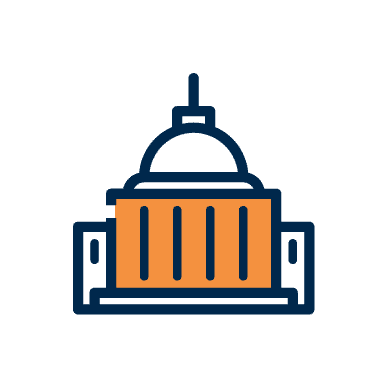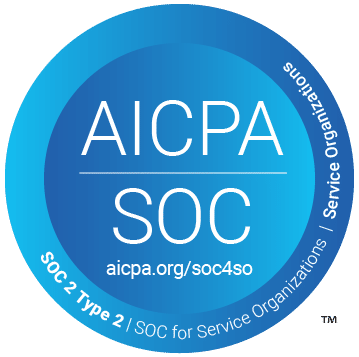To answer this question, it is important to understand how the two federal databases relate to each other and how they differ.
Common Purpose
Both databases were created to promote quality health care for the public and to reduce health care fraud and abuse. Their common goal is to identify and exclude individuals against whom actions have been taken due to professional behavior. Screening against the OIG’s List of Excluded Individuals and Entities (LEIE) is done to verify that an individual or entity is not excluded from participating in a federal health care program due to criminal activity. Screening against the National Practitioner Data Bank (NPDB) is done to identify provider malpractice, criminal activity, and to assess if a civil or administrative sanction has been taken against a health care provider or entity’s professional license.
About the NPDB
The NPDB was created by Congress in the Health Care Quality Improvement Act (HCQIA) of 1986. This was in response to increasing medical malpractice litigation and the risk associated with deficient health care providers moving undetected among medical communities.
The NPDB captures adverse actions, criminal actions and malpractice payment data related to health care practitioners, providers, and suppliers. This includes the OIG LEIE data as well. The NPDB data bank is intended to equip health care organizations and entities with information needed to make informed decisions regarding employment, certification, licensure, as well as the privileges and credentials of subject individuals and entities who seek to be affiliated with a provider organization.
Entities that are mandated to report to the NPDB include medical malpractice payers, hospitals and other health care entities, professional societies, health plans, peer review organizations, private accreditation organizations, and certain federal and state agencies. In addition, health care practitioners, entities, providers, and suppliers may request information concerning themselves from the NPDB.
Sample information and response files for the NPDB can be reviewed via the NPDB help center.
Database Differences
The datasets maintained in the LEIE and the NPBD differ in several key areas. First, the LEIE is a subset of the NPDB, which also includes information on the following:
> Medical malpractice payments
> Federal and state licensure and certification actions
> Adverse clinical privileges actions
> Adverse professional society membership actions
> Negative actions or findings by private accreditation organizations and peer review organizations
> Health care-related criminal convictions and civil judgments
Several other differences are notable:
The datasets maintained in the LEIE and the NPBD differ in several key areas. First, the LEIE is a subset of the NPDB, which also includes information on the following:
> The OIG LEIE database is a complete list of all individuals and entities currently excluded by the OIG from participation in federal health care programs such as Medicare and Medicaid. Upon reinstatement, an entity will no longer be captured in LEIE. Alternatively, the NPDB contains information on both exclusions and reinstatement actions taken by OIG.
> The NPDB also includes data on providers who are not excluded by the OIG and therefore would not appear in the LEIE. Therefore, the data in the NPDB may provide a more comprehensive picture related to an individual or entity than what the LEIE exclusion list can offer.
> Another difference is the accessibility of the data. The LEIE is in the public domain and the available information is somewhat limited. On the other hand, the NPDB by law strictly limits access by designated entities due to the extent and much more sensitive nature of the data maintained. Therefore, if an entity has the authority to query the NPDB, the quality of the information supports its usage to receive a fuller picture of a provider’s professional history.
CONCLUSION
As a federal contractor, providers should be checking check federal exclusion lists, including the OIG’s List of Excluded Individuals and Entities (LEIE) and the GSA’s SAM.gov database, as well as state Medicaid exclusion lists monthly. This is to assure that employees, vendors, providers and suppliers are not currently excluded from participation in a federal health care program. While checking the NPDB is not required of federal contractors to prevent the hiring of excluded providers, the NPDB is a powerful resource if it is available to your organization. It should really be considered an additional and important tool to assure that organization are fully aware of any concerns related to the professional conduct of providers, practitioners and suppliers.



































